Oh, TCAS, you sly little gadget! The Traffic Collision Avoidance System is the knight in shining armour for preventing mid-air collisions. You would think that TCAS would be an absolute must-have in the NAT airspace, where the skies are busier than a beehive. But wait for it… surprise, surprise, the answer is a RESOUNDING (but actually slightly complicated) NO!
How can this be?
Although most aircraft are still required to have TCAS onboard, a little something called MEL dispensation comes to the rescue.
Minimum Equipment List (MEL) is like that cool aunt who lets you get away with stuff. It allows us to operate with TCAS inoperative, within certain limits. For some aircraft, it’s a two-day pass, while others enjoy ten whole days of TCAS-less adventures (as long as they’re departing from a place where fixing it isn’t possible).
But what about ATC? Don’t they require us to have functioning TCAS?
We reached out to Shanwick ATC for a comment, and they had something surprising to say:
- Shanwick supervisor guidelines state that there are no operational reasons for ATC to refuse a request to operate in Shanwick without functioning TCAS.
- There are some caveats: level or route restrictions may be imposed to avoid densely populated airspace, however this is unlikely within Shanwick airspace. ATC here would not automatically exclude the flight from the NAT Tracks. Operators should file and request their optimal routing and ATC will endeavour to approve as requested.
- Where TCAS fails during flight: Shanwick ATC will coordinate with the next unit but advise that the operator should be coordinating with other ANSPs, particularly those without a NAT boundary (for example any Eastbound flight that suffers TCAS failure in Gander FIR – Gander would coordinate with Shanwick and Shanwick would coordinate with Shannon).
A discussion with Gander ATC on the other side of the pond resulted in much the same information:
- There is no rule prohibiting an aircraft operating under TCAS MEL relief from operating anywhere in the NAT HLA or on the NAT Tracks.
It all boils down to airspace design and risk mitigation. When intelligent folks design these controlled airspace areas, they put the responsibility of traffic separation on ATC. So, whether we have TCAS or not, it keeps their game plan the same. Our fancy onboard collision avoidance measures, whether TCAS or a creative SLOP manoeuvre, are like sprinkles on the icing of the airspace cake.
A word of caution
MEL isn’t there to make us feel invincible. It’s not a license to fly with broken stuff just because we can. It’s more like a get-out-of-jail-free card to prevent us from being stranded without a paddle.
And also, before making grand plans for TCAS-free adventures, remember that our departure and destination airports may have something to say about it. The busier places like London or New York might only be keen on welcoming an aircraft with TCAS.
So, what are our options? We might need to make a detour to a quieter second or third-tier airport, which might not be as glamorous as our passengers desire. We’ll have to calculate the impact on remaining time and fuel and consider getting our aircraft to a maintenance base before the MEL expires.
Gimme the bite-sized version
- En-route ATC centres don’t have any operational reasons to refuse entry into the NAT. If it breaks before the flight, you must let all of them know. If it breaks in flight, they will help you.
- You may not get your planned level or track – you will need more fuel as a contingency.
- Be mindful that the MEL doesn’t intend us to fly with broken equipment simply because we can… it’s a tool for us to get aircraft to equipped maintenance centres
- Your departure or destination airports may not accept you without TCAS. Consider where you would go and how that would impact the remaining time of deferred defects.
More on the topic:
- More: NAT Ops: Flying the Blue Spruce Routes
- More: NAT Guide 2025 – My First NAT Flight is Tomorrow
- More: NAT Circle of Entry (2025)
- More: NAT FAQ: No Datalink – Where can we go?
- More: NAT Conundrums: Volume I
More reading:
- Latest: LOA Guide for US Operators
- Latest: NAT Ops: Flying the Blue Spruce Routes
- Latest: NAT Guide 2025 – My First NAT Flight is Tomorrow
- Safe Airspace: Risk Database
- Weekly Ops Bulletin: Subscribe
- Membership plans: Why join OPSGROUP?



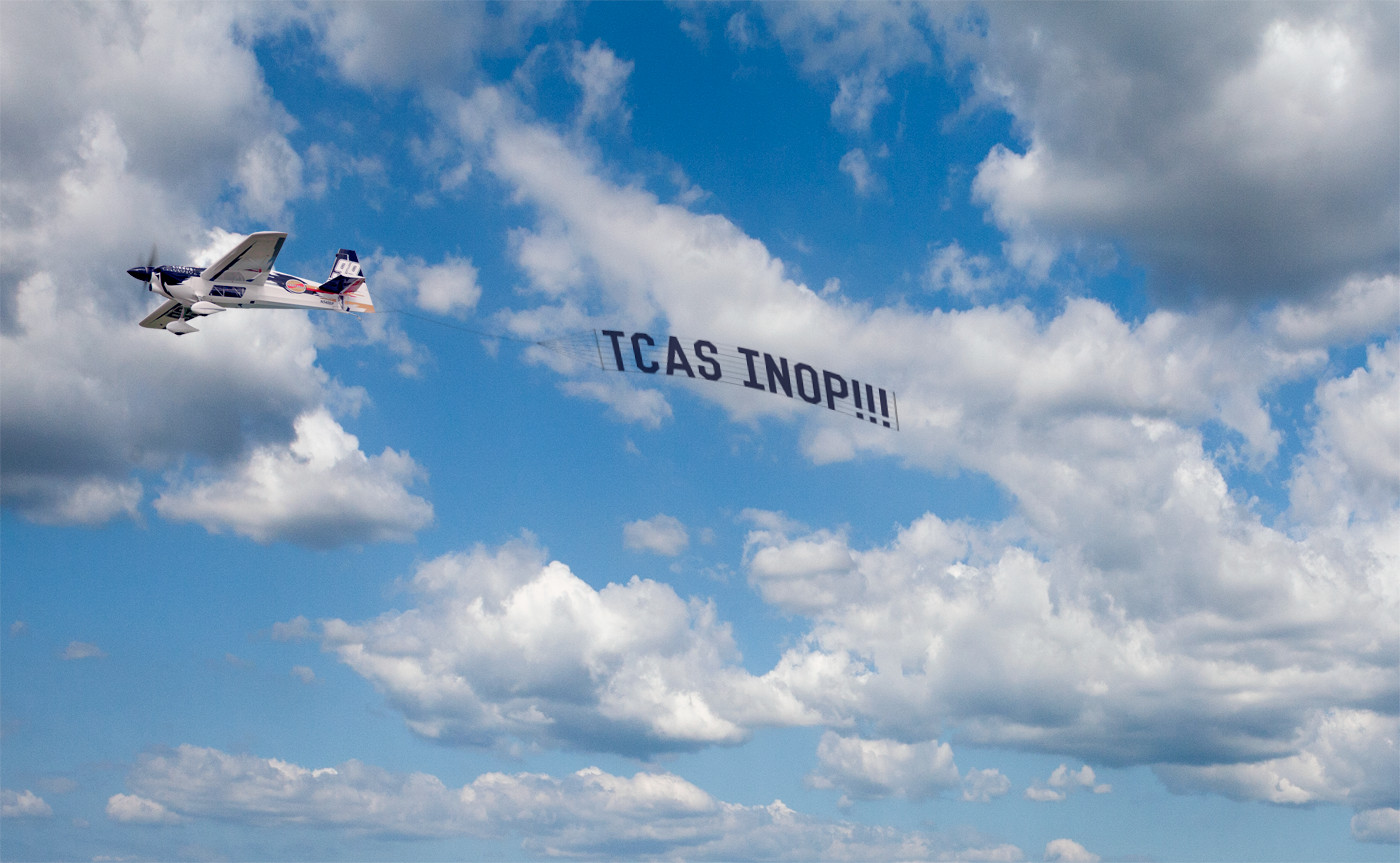
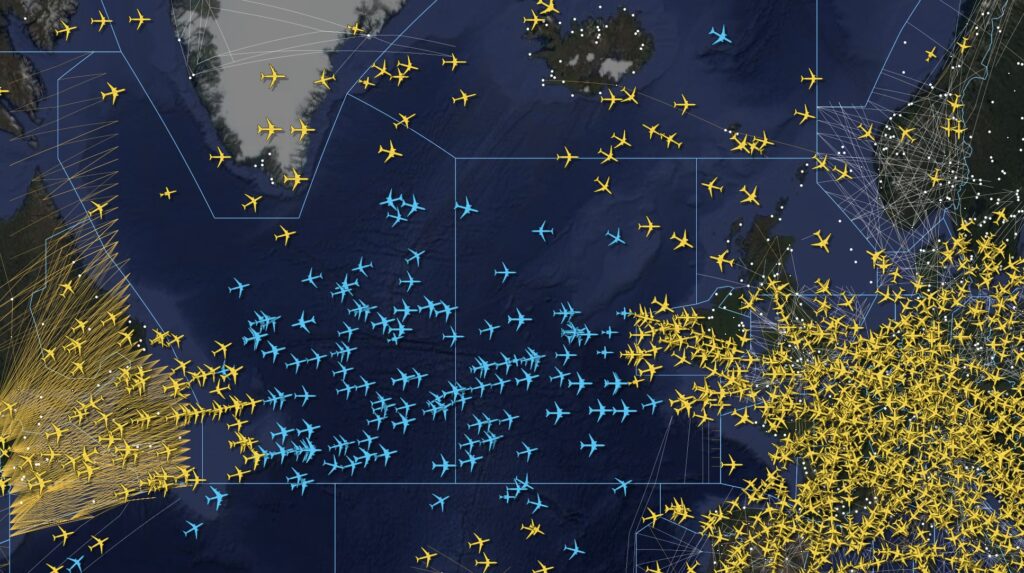







 Get the famous weekly
Get the famous weekly 



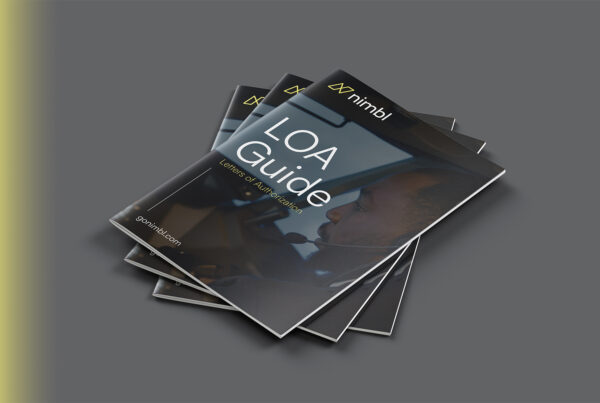
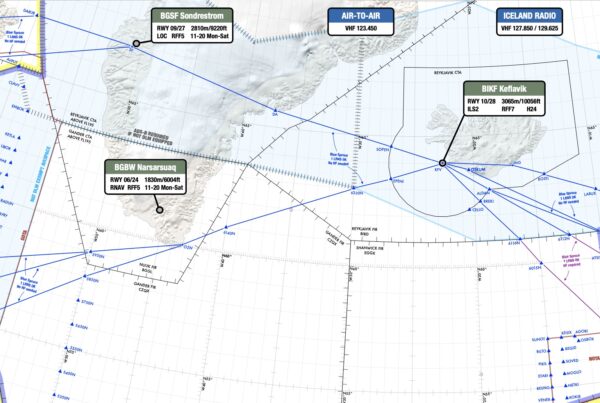
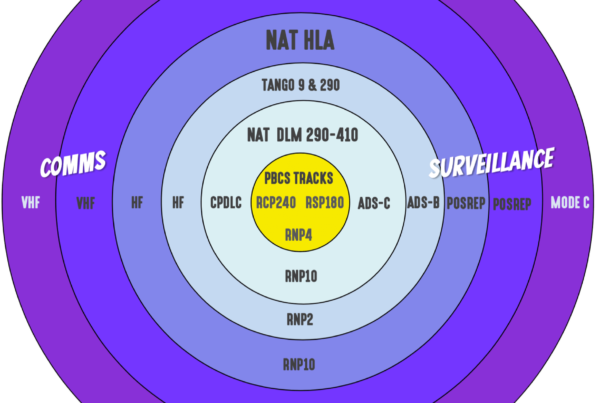
Is this still the case? Based on the following text from NAT 007 my understanding is that it actually is required?
10.4 AIRBORNE COLLISION AVOIDANCE SYSTEMS (ACAS)
10.4.1 Turbine-engined aircraft having a maximum certificated take-off mass exceeding 5,700 kg or
authorized to carry more than 19 passengers are required to carry ACAS II in the NAT region. The technical
specifications for ACAS II are contained in ICAO Annex 10 Volume IV. Compliance with this requirement
can be achieved through the implementation of traffic alert and collision avoidance system (TCAS) Version
7.1 as specified in RTCA/DO-185B or EUROCAE/ED-143.
Hi Andy, you mention that some airports will not accept aircraft with TCAS inop. I’ve never come across this. Are there any examples in Europe or North America? Thank you.
While the airspace may not require it, the operator MEL, or your regulator, may be more restrictive. When RLATSM was starting, the FAA was pretty adamant to require an operational TCAS at dispatch for ops into the NAT; if it dies once airborne notify ATC and press on.
A question out of order, reading the article, i can say that I understand that flying for instance to Heathrow , you must have an operating TCAS ?